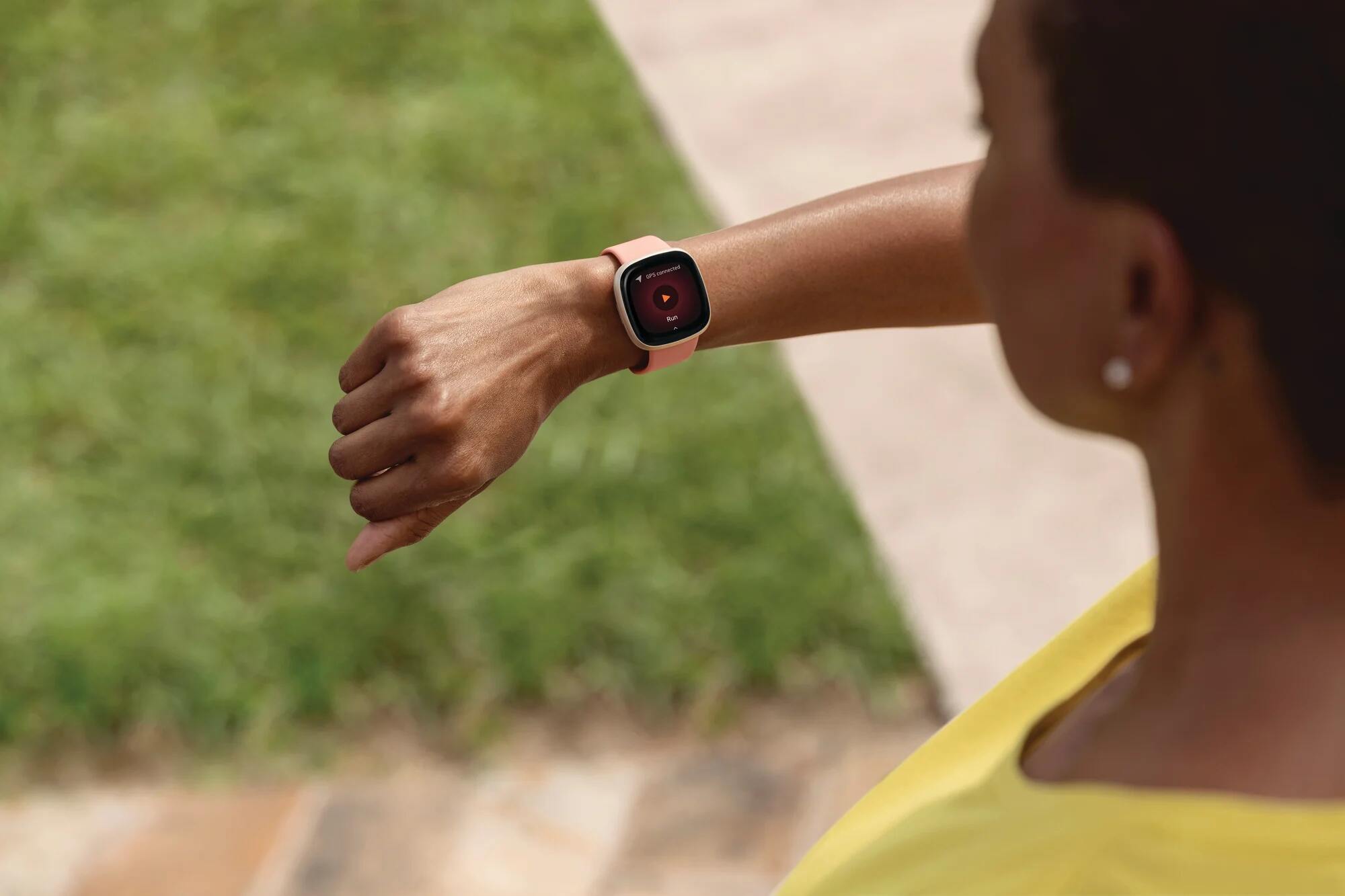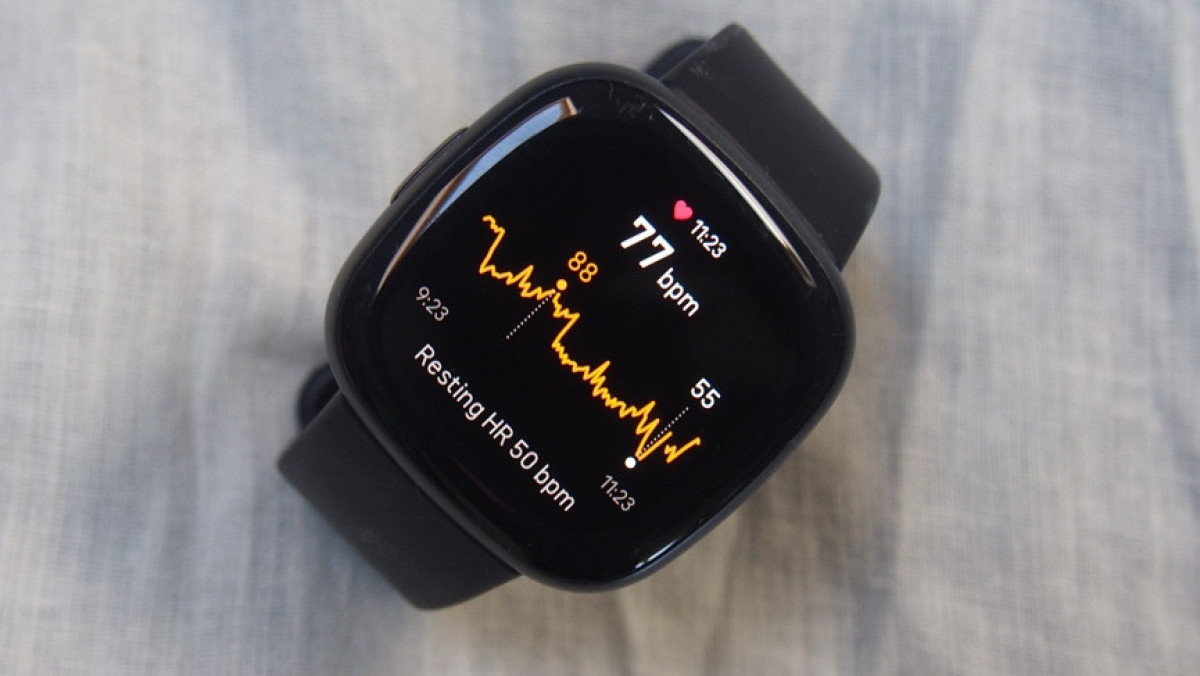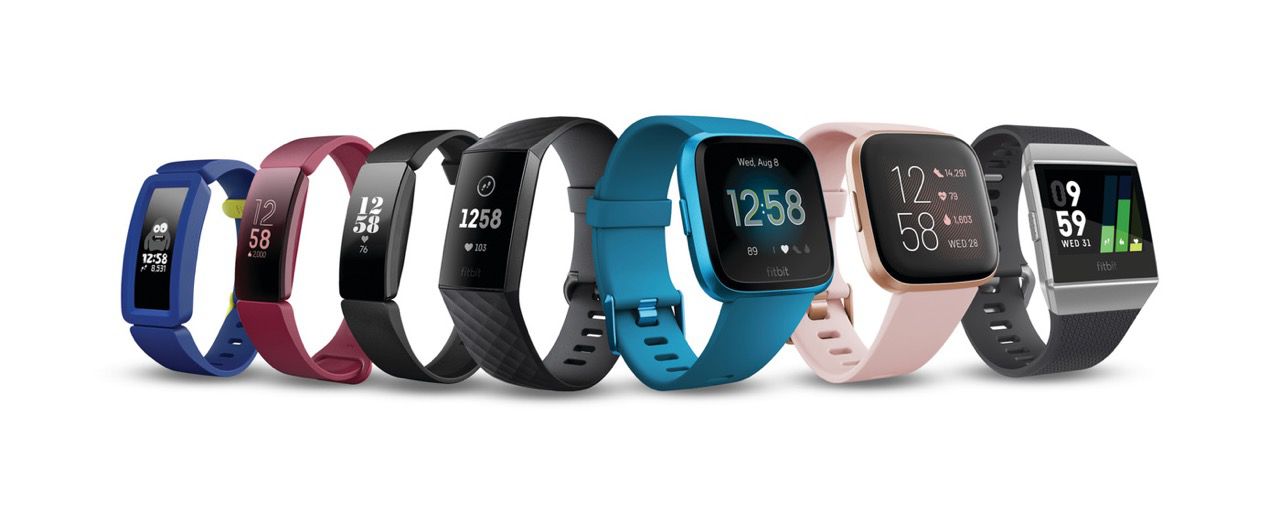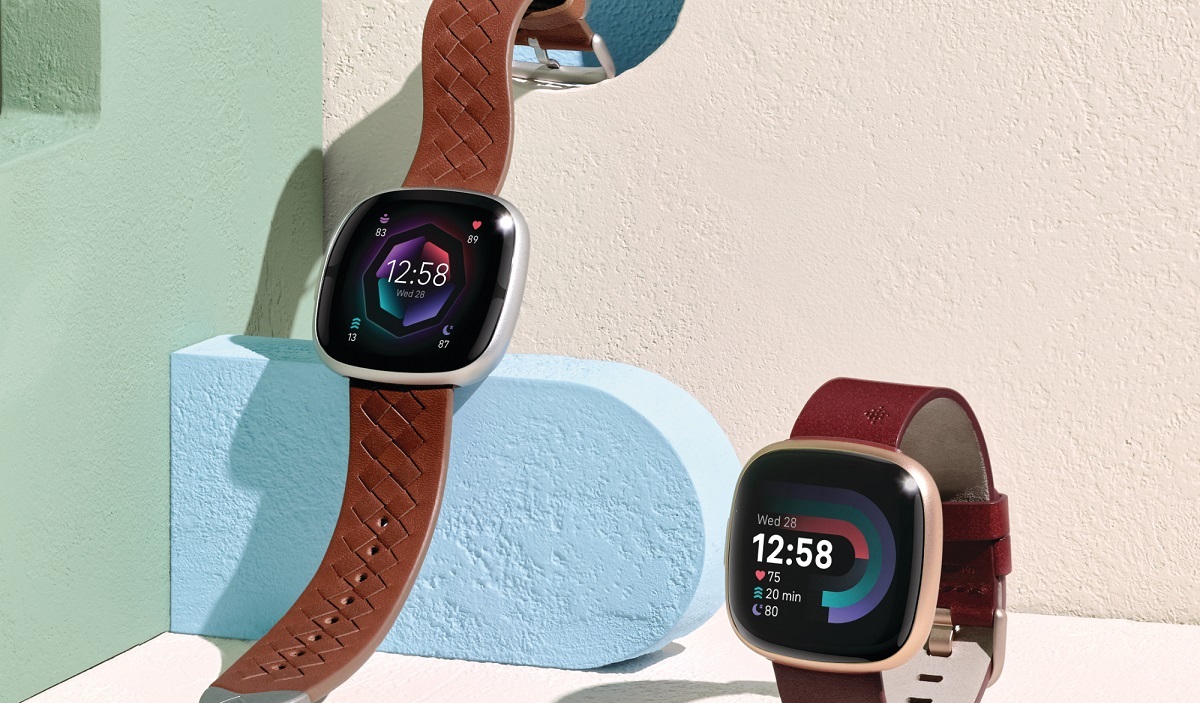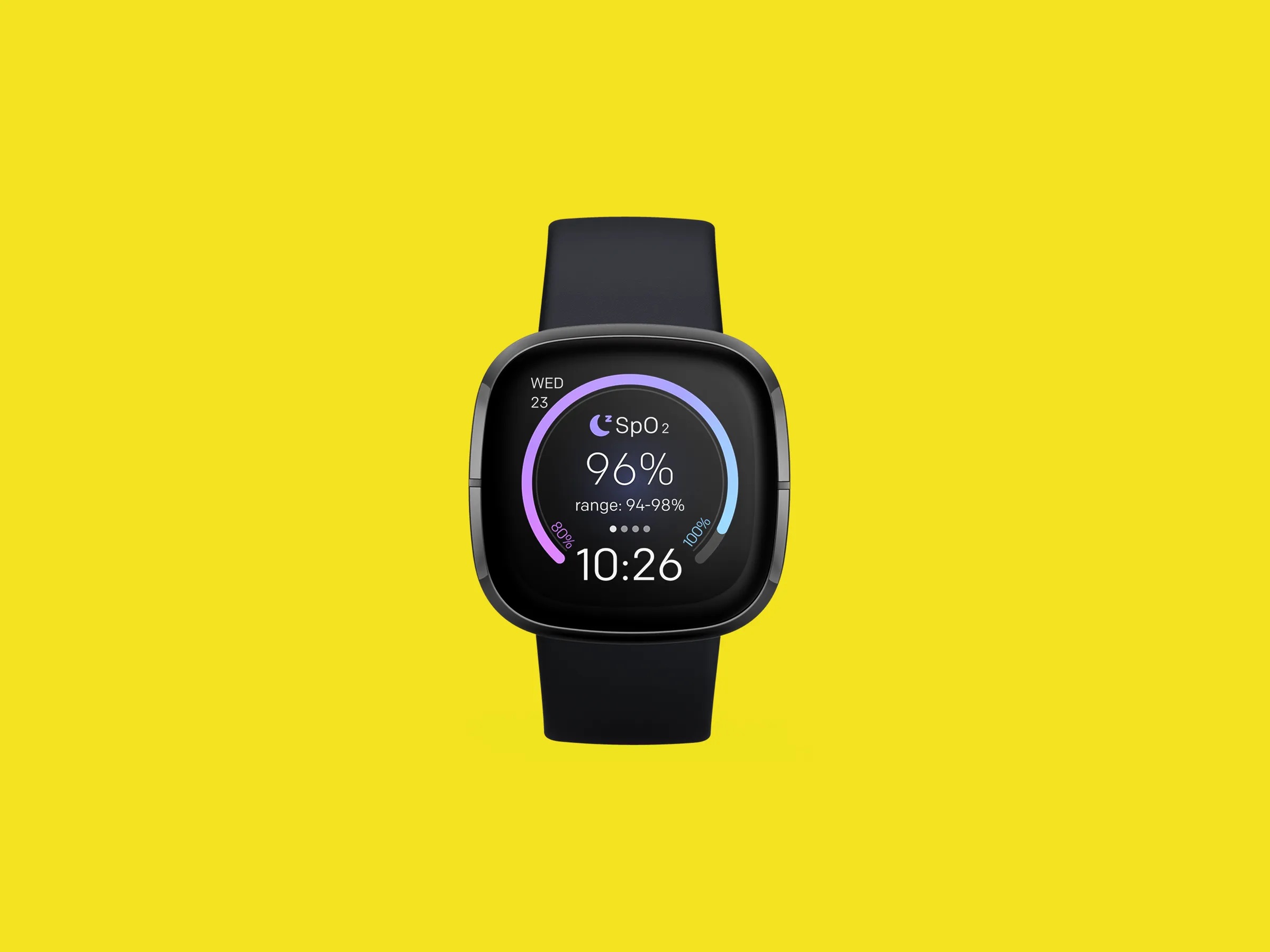Introduction
In today's fast-paced world, the demand for wearable technology continues to surge as people seek innovative ways to optimize their health and wellness. Among the myriad metrics that wearables track, skin temperature has emerged as a crucial indicator of overall well-being. Fitbit, a leading name in the wearable technology industry, has integrated skin temperature monitoring into its devices, providing users with valuable insights into their physiological state.
As we delve into the realm of skin temperature and its significance in the context of wearable technology, it's essential to grasp the fundamental role it plays in understanding our bodies. Skin temperature serves as a window into our internal equilibrium, reflecting the intricate interplay of various physiological processes. By comprehending the nuances of skin temperature and its implications, individuals can gain a deeper understanding of their health and make informed decisions to enhance their overall well-being.
In this comprehensive guide, we will explore the intricacies of skin temperature monitoring, with a specific focus on normal levels as observed through Fitbit devices. By unraveling the mysteries surrounding skin temperature and its interpretation, we aim to empower users to harness the full potential of this valuable health metric. Let's embark on this enlightening journey to uncover the significance of skin temperature insights and how they can contribute to a holistic approach to personal wellness.
With the stage set for an insightful exploration of skin temperature and its correlation with overall health, we invite you to join us in unraveling the mysteries of this fascinating aspect of wearable technology. Through this exploration, we aim to equip readers with the knowledge and understanding needed to leverage skin temperature data for optimizing their health and well-being.
The Importance of Skin Temperature
Skin temperature serves as a pivotal indicator of our body's physiological state, offering valuable insights into our overall health and well-being. This metric holds immense significance due to its close correlation with various internal processes and environmental factors. Understanding the importance of skin temperature goes beyond mere curiosity; it plays a crucial role in monitoring our health and identifying potential deviations from the norm.
One of the key reasons why skin temperature holds such prominence is its intimate connection to our body's thermoregulation. The skin acts as a dynamic interface between our internal environment and the external world, playing a vital role in maintaining a stable internal temperature. Fluctuations in skin temperature can signify underlying changes in our body's thermoregulatory mechanisms, offering early indicators of potential health issues.
Moreover, skin temperature is intricately linked to our circulatory system, reflecting the efficiency of blood flow and vascular function. By monitoring changes in skin temperature, individuals can gain insights into their circulatory health, potentially identifying issues such as poor circulation or inflammation. This aspect is particularly crucial for individuals with conditions that affect vascular function, as it provides a non-invasive method of tracking changes in blood flow.
In addition to its physiological implications, skin temperature also serves as a valuable marker of emotional and psychological states. Research has shown that emotional arousal and stress can lead to alterations in skin temperature, making it a potential indicator of mental well-being. By integrating skin temperature monitoring into wearable devices, individuals can gain a more comprehensive understanding of how their emotional state impacts their physiological responses, paving the way for holistic health management.
Furthermore, skin temperature plays a pivotal role in assessing environmental influences on our bodies. From exposure to extreme temperatures to the impact of physical activity, our skin temperature responds to a myriad of external factors. By monitoring these fluctuations, individuals can make informed decisions regarding their activities and environmental exposures, thereby safeguarding their well-being.
In essence, the importance of skin temperature lies in its multifaceted nature, encompassing physiological, psychological, and environmental dimensions. By leveraging skin temperature insights, individuals can gain a deeper understanding of their bodies, enabling proactive health management and informed lifestyle choices. This underscores the pivotal role of skin temperature monitoring in the realm of wearable technology, offering users a holistic perspective on their health and well-being.
Understanding Normal Skin Temperature Levels
Normal skin temperature levels serve as a crucial benchmark for assessing our body's physiological equilibrium. These levels provide valuable insights into our overall health and well-being, serving as a reference point for identifying deviations that may indicate underlying health issues. Understanding the nuances of normal skin temperature levels is essential for interpreting skin temperature data accurately and harnessing its full potential in promoting personal wellness.
The normal range of skin temperature can vary based on individual factors such as age, gender, and environmental conditions. Typically, the skin temperature at rest hovers around 86-98.6°F (30-37°C) for most individuals. However, it's important to note that certain areas of the body, such as the forehead, may exhibit slightly higher temperatures due to their role in dissipating heat.
Moreover, variations in skin temperature may occur throughout the day in response to factors such as physical activity, emotional arousal, and environmental influences. For instance, engaging in physical exercise can lead to an increase in skin temperature as the body responds to the demands of increased metabolic activity. Conversely, exposure to cold environments can cause a decrease in skin temperature as the body conserves heat to maintain internal equilibrium.
Understanding the dynamics of normal skin temperature levels involves recognizing the interplay between our body's thermoregulatory mechanisms and external influences. By observing these fluctuations within the context of an individual's daily activities and environmental exposures, it becomes possible to discern patterns and establish personalized baselines for skin temperature.
Fitbit devices equipped with skin temperature monitoring capabilities offer users the opportunity to track and analyze their skin temperature data comprehensively. By establishing personalized baselines and understanding the normal range of skin temperature for their unique circumstances, individuals can effectively leverage this data to monitor their health and well-being.
In essence, comprehending normal skin temperature levels entails recognizing the dynamic nature of this physiological metric and its responsiveness to internal and external factors. By gaining insights into the typical fluctuations in skin temperature and establishing personalized baselines, individuals can harness this knowledge to identify deviations and proactively manage their health. This underscores the significance of understanding normal skin temperature levels in maximizing the potential of skin temperature monitoring for holistic health management.
How Fitbit Monitors Skin Temperature
Fitbit employs advanced technology to monitor skin temperature, providing users with valuable insights into their physiological state. The process begins with the integration of a dedicated sensor within the wearable device, designed to capture and analyze skin temperature data accurately and non-invasively. This sensor, often located on the underside of the device, comes into direct contact with the user's skin, allowing for real-time monitoring of skin temperature fluctuations.
The sensor utilizes a combination of thermistors and infrared sensors to detect and measure variations in skin temperature. Thermistors are sensitive to temperature changes, enabling precise monitoring of thermal fluctuations on the skin's surface. Meanwhile, infrared sensors capture thermal radiation emitted by the skin, further enhancing the accuracy of temperature measurements.
Fitbit's proprietary algorithms process the data collected by the sensor, analyzing patterns and trends to provide users with comprehensive insights into their skin temperature dynamics. These algorithms take into account factors such as ambient temperature, physical activity, and individual physiological characteristics to ensure that the skin temperature data is interpreted within the appropriate context.
Moreover, Fitbit's skin temperature monitoring is seamlessly integrated into its user-friendly interface, allowing individuals to access their skin temperature data effortlessly. The accompanying mobile app provides detailed visualizations of skin temperature trends, empowering users to track changes over time and gain a deeper understanding of their body's responses to various stimuli.
Fitbit's approach to skin temperature monitoring reflects a commitment to precision, reliability, and user-centric design. By leveraging cutting-edge sensor technology and sophisticated algorithms, Fitbit delivers a seamless and intuitive experience for users seeking to harness the power of skin temperature insights in their health and wellness journey.
In essence, Fitbit's skin temperature monitoring capabilities epitomize the fusion of innovation and practicality, offering users a valuable tool for understanding their physiological state. This integration of advanced sensor technology and user-friendly design underscores Fitbit's dedication to empowering individuals with actionable health data, positioning skin temperature as a pivotal metric in the pursuit of holistic well-being.
Interpreting Skin Temperature Data on Fitbit
Interpreting skin temperature data on Fitbit entails a nuanced understanding of the valuable insights it provides into our body's physiological responses. As users engage with the skin temperature data captured by their Fitbit device, they gain access to a wealth of information that can offer profound implications for their health and well-being.
One of the key aspects of interpreting skin temperature data involves recognizing patterns and trends over time. Fitbit's intuitive interface presents users with visualizations of their skin temperature fluctuations, allowing them to observe how their body's thermal dynamics respond to various stimuli. By identifying consistent patterns, such as elevated skin temperature following physical activity or variations linked to emotional arousal, users can gain a deeper understanding of their body's responses.
Furthermore, contextualizing skin temperature data within the broader framework of one's lifestyle and environmental influences is crucial for accurate interpretation. Fitbit devices enable users to correlate skin temperature fluctuations with factors such as physical activity, sleep patterns, and environmental conditions. This contextualization empowers individuals to discern the impact of these variables on their skin temperature, facilitating informed decision-making regarding their health and well-being.
In addition, interpreting skin temperature data on Fitbit involves establishing personalized baselines and recognizing deviations from these individual norms. By tracking their skin temperature over time, users can identify deviations that may indicate underlying health issues or changes in their body's thermoregulatory mechanisms. This proactive approach to monitoring skin temperature enables users to take preemptive measures to address potential health concerns.
Moreover, Fitbit's skin temperature data interpretation extends to leveraging the insights gained for holistic health management. By integrating skin temperature data with other health metrics tracked by Fitbit devices, users can gain a comprehensive understanding of their physiological well-being. This holistic approach allows individuals to make informed lifestyle adjustments, optimize their wellness routines, and proactively address potential health challenges.
In essence, interpreting skin temperature data on Fitbit is a multifaceted process that encompasses observation, contextualization, and proactive health management. By engaging with their skin temperature insights, users can unlock a deeper understanding of their body's responses, paving the way for informed decisions and proactive measures to enhance their overall health and well-being.
Conclusion
In conclusion, the integration of skin temperature monitoring into Fitbit devices represents a significant stride in the realm of wearable technology, offering users a valuable tool for understanding their physiological state. The insights gained from skin temperature data provide a window into our body's responses to internal and external stimuli, empowering individuals to make informed decisions regarding their health and well-being.
By delving into the intricacies of skin temperature and its interpretation, users can gain a deeper understanding of their body's thermoregulatory mechanisms, circulatory health, and emotional responses. The ability to monitor skin temperature trends over time enables individuals to establish personalized baselines and recognize deviations that may signify underlying health issues, thereby fostering a proactive approach to health management.
Fitbit's seamless integration of skin temperature monitoring, coupled with its user-friendly interface and robust data analysis capabilities, underscores the brand's commitment to empowering individuals with actionable health insights. The visualizations and contextualization features offered by Fitbit devices enable users to correlate skin temperature fluctuations with various lifestyle factors, fostering a holistic approach to personal wellness.
Furthermore, the dynamic nature of skin temperature data on Fitbit allows for the integration of this metric with other health data tracked by the devices, offering users a comprehensive view of their physiological well-being. This holistic approach equips individuals with the knowledge needed to optimize their wellness routines, make informed lifestyle adjustments, and proactively address potential health challenges.
In essence, the journey into the realm of skin temperature insights on Fitbit unveils a wealth of opportunities for individuals to deepen their understanding of their bodies and take proactive steps towards holistic health management. By leveraging the power of skin temperature data, users can embark on a transformative path towards informed decision-making, optimized wellness, and a deeper connection with their physiological state. Fitbit's commitment to delivering cutting-edge technology and actionable health insights positions skin temperature monitoring as a pivotal metric in the pursuit of holistic well-being.







